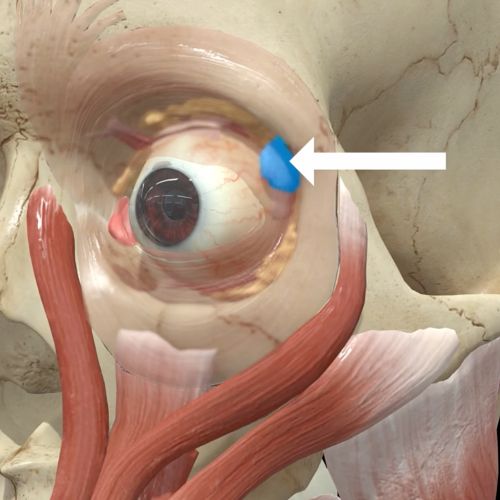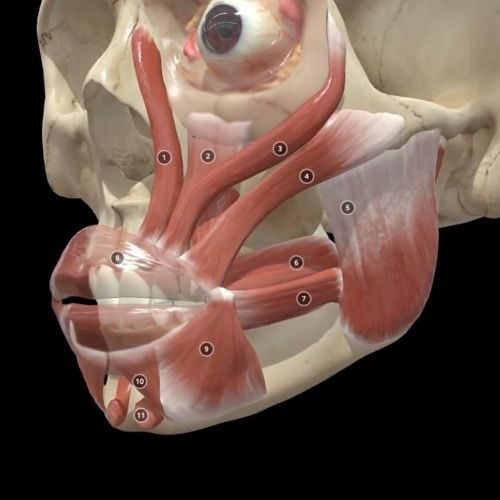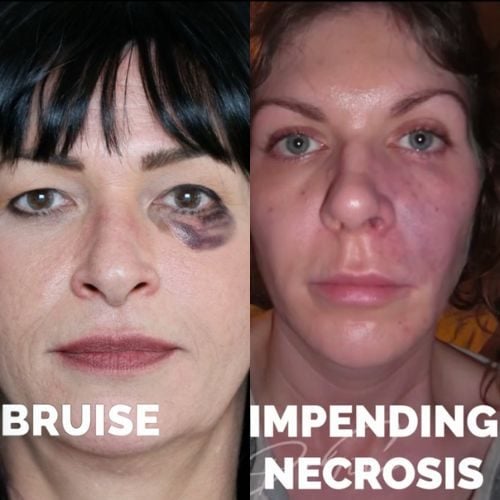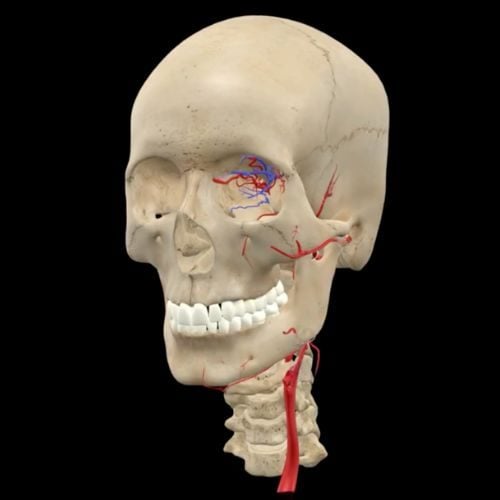- Mail us: support@drtimpearce.com
The Lip Assessment Guide
You may be interested
 Dr Tim Pearce
Dr Tim Pearce
How to Analyze & Treat Lips Like an Expert
The Foundation of Expert Lip Treatment
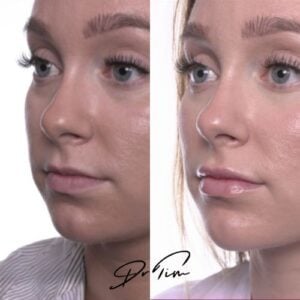 Have you ever finished a lip treatment, showed your patient the mirror, and then just thought, “Yikes, it doesn’t look that good. Is it my fault? What have I done incorrectly?” You are not alone in this situation. We all feel it. Every injector has mirror anxiety if they care about their patients. We all want them to be delighted, and sometimes what you see is not the ideal that you’re aiming for.
Have you ever finished a lip treatment, showed your patient the mirror, and then just thought, “Yikes, it doesn’t look that good. Is it my fault? What have I done incorrectly?” You are not alone in this situation. We all feel it. Every injector has mirror anxiety if they care about their patients. We all want them to be delighted, and sometimes what you see is not the ideal that you’re aiming for.
The solution lies in developing a systematic lip assessment methodology that stops you from guessing and starts you treating with confidence. If you’re going to say the lip lacks one thing, do you actually have the injection that will solve that problem? Every attribute of the lip that you assess should have a technique that will help improve it. When you can see the link between what you see and what you can do to improve it, then you become much more confident in the whole process.
Understanding Key Components of Lip Assessment
What are the key components when assessing lips? The assessment breaks down into several crucial elements that work together to create beautiful, natural-looking results.
The first component is proportion. This means the width of the mouth in context of the rest of the face. We want a ratio – the golden ratio of intercanthal distance to the lips, and the chin should be the same in a female. These measurements should all be the same width, and the lips project out at the golden ratio. The golden ratio is also evident in many people in terms of the positioning of the mouth, where the position of your chin relative to your philtrum follows this mathematical relationship.
Next comes projection – how far forward do the lips project? This measurement uses Steiner’s line as a reference point. However, projection is the least consistent measurement because noses and chins are so variable between individuals. Instead of always trying to make lips match the nose and the chin, a more reliable approach is to simply make sure that the top lip projects two millimeters above the lower lip, and ensure the other proportions are in alignment. This tends to be a better guide rather than trying to make lips project too much, as you will over-project many lips if you use lip and chin as your single guide. Looking at the lips more in isolation often provides better results.
Evaluating Volume and Shape
Volume assessment focuses more on shape than proportion – don’t confuse the two. Volume means that the lips are round and full, yet they still maintain all the important details. This is crucial because volume without proper detail preservation leads to that overfilled, unnatural appearance that patients and practitioners want to avoid.
When assessing volume, consider that volume loss is evident when lips look smaller as people age. They simply involute, starting to turn inwards. The next sign of volume loss is the appearance of tiny fine lines and wrinkles on the surface of the lip, and sometimes a few on the tops of the lip. These aren’t always associated with smoking, which many people find offensive if you mention it to them. It’s simply volume loss that allows wrinkles to form.
The Critical Importance of Details
Details of the lip need to be enhanced and defended because they’re often lost in overtreated lips. We want to see where the philtrum meets the vermillion border at the Glogau-Klein point, also known as the upper lip defining point. The GK point stands for Glogau-Klein, named after the surgeon who identified this landmark.
On the lower lip, we have a very similar structure which runs along a path that, if you follow it down from the philtrum to the angle of the chin, typically positions the lower lip angle in the correct location. This is another important detail that should be preserved and enhanced.
Ideally, the lower lip angle should be lower than the lateral part of the mouth. Obviously, as you get older, this becomes a battle that we’re always trying to win, but it gets harder over time. We’re always trying to make the lower lip angle the lowest part and make the lateral aspects higher if we can.
Other important details include the tubercles themselves. We have a lateral lip tubercle on the top and bottom, and sometimes a central tubercle. Whatever details are naturally present should be preserved or enhanced, and we should try not to lose any existing details during treatment.
Surface Assessment and Fine Details
You can also assess the surface of the lip for any fine lines or details that you might want to soften or remove. Removing little tiny creases makes the lip more vivid in the mind’s eye and contributes to a more youthful appearance.
This surface assessment is particularly important because it helps you understand what level of treatment is needed and what specific techniques will be most effective for each individual patient.
Understanding Lip Angles
Angles of the lip represent the next crucial assessment component. When you enhance the lower lip angle and the tubercles, you’re ultimately changing the angles of the lip. We want dominance in the middle with pointing and narrowing that tapers off nicely towards the ends.
It’s acceptable if the lip curves outwards slightly, but as soon as you curve too much laterally, you start to lose the angle definition. Angles need to be defended throughout treatment, and what normally destroys your angles is too much volume. This is why the balance between volume and detail preservation is so critical.
Contextual Assessment: The Bigger Picture
When assessing lips, remember to evaluate them in the context of the rest of the face. If you don’t consider what the chin, nose, and cheeks are doing, you can easily make lips stand out in a negative way. They can start to over-project and break some of the natural boundaries of the face.
Ideally, we want lips to meet a line that runs between the chin and the nose, but as mentioned earlier, this isn’t always the best guide because it depends entirely on what the nose and chin are doing. We also want the lips to follow the golden ratio in relation to the nose, but also to the cheeks in an inverse pattern. If you take the width of your lips and apply the golden ratio laterally, it should fill to the level of the cheeks.
Dynamic Assessment: Lips in Motion
You can assess lips in motion as well, which tells you more about the dynamics of the muscle underneath. If you have muscles that are too dominant, usually pulling downward, you might see sadness or negative expression while someone is talking. This can often be neutralized with botulinum toxin treatment.
You can also treat the orbicularis oris if it’s overactive. You’ll see lips that purse too much and look smaller than they should be. Remember, small lips are a sign of anger or stress in facial expression. Treating lips makes the female face look more relaxed, and the same applies to the male face. It’s more beautiful to see a relaxed, wider, more feminine mouth, and this is what changes as you lose volume with age.
Case Study: Systematic Assessment in Practice
Let’s examine a specific case that demonstrates these assessment principles. In this example, the patient has really lovely shaped lips with a beautiful cupid’s bow that still projects more dominantly on the top than the bottom. We have top lip projection, but only by about a millimeter, so a little bit more would be fine.
The patient also shows some volume loss, probably age-related and also because she has lost weight. If we could show a little bit more pink, that’s going to increase the proportion of the lips relative to the chin. There’s plenty of room for this because the current proportions are nowhere near the golden ratio, which serves as a useful guide.
We can make the lips slightly higher, increasing the vertical height, and we can also make the lip slightly wider, which would be appropriate. Her eyes are strong, but the biggest risk factor would be losing the existing details. She actually has quite delicate shapes around the philtral columns and the tubercles, and the injection technique must defend those angles and details while also increasing lip volume.
Treatment Goals: Restoration vs. Augmentation
The goal in this case is restoration rather than augmentation. We’re not trying to create new lips that will surprise the people she knows. We’re trying to make them slip in unnoticed – she somehow looks better, but no one knows exactly why.
This approach is more common for patients in the restoration category. Women aged 35 to 45 most often want to look good without anyone knowing why, rather than standing out dramatically. This can change later in their aesthetic journey, but this natural enhancement approach is more common initially.
Product Selection and Technique
For this type of restoration work, you need to use a product that doesn’t attract moisture, holds its shape over time, and allows for smaller treatment volumes. Typically, you wouldn’t go above 0.8 of a milliliter for this approach, though this depends on the individual lips. You want lower volumes with a product that doesn’t project too much.
Products like Juvederm Volift work well for this purpose because they hold their shape well and don’t attract additional moisture like some products that seem to get bigger when you see the patient four months later.
Technical Execution
The technical approach involves using a 31-gauge needle with proper aspiration technique. Using a control ring on the syringe makes aspirating more efficient and easier, ensuring you don’t move around while aspirating.
The key technical consideration is depth and placement. If you inject on the vermillion border, you’ll cause migration over time and inflate both the white part of the lip and the pink simultaneously. What you want is the opposite – you want the pink to outcompete the white. This means you need to be well within the pink lip and also superior to the level of the muscle and artery.
You have between 3 and 5 millimeters before you’re close to the artery, which is actually quite a safe distance. The product allows you to be more superficial while still achieving excellent results.
Conclusion: Building Assessment Confidence
If you use this systematic framework and assess each patient methodically, you will be confident in the outcome you’re going to get because it’s so directly connected with the technique and the aesthetic potential for each patient.
One of the hardest aspects of lip treatment, particularly with patients who are afraid of obvious treatment, is managing swelling. Swelling is a normal part of the process but is highly variable between patients. Some swell enormously while others hardly swell at all.
A nervous patient who doesn’t want obvious treatment but who also swells significantly can find the immediate post-treatment period anxiety-provoking. The key is discussing this before the procedure, during the procedure, and just before showing them the mirror. They need to understand that swelling is normal and will settle over time, and they shouldn’t assess the final result immediately.
Having a systematic framework that you associate with specific techniques and volumes over time will give you confidence that even if the patient’s lips have swelled significantly, you don’t need to fear the outcome. The results will look natural once the swelling subsides, provided you’ve followed proper assessment and treatment protocols.
Free Lips Webinar
Ready to master the systematic lip assessment approach that transforms average injectors into experts?
Join our exclusive “8D Lips webclass” webinar. Register for the Expert Lips Webinar here and take your lip injection skills to the next level.
Related Articles
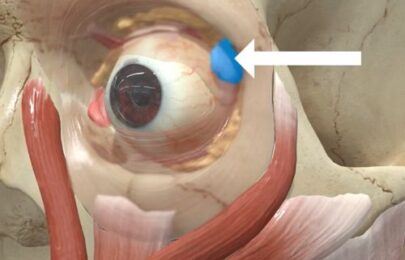 Bestseller
Bestseller
Avoiding Botox Eye Complications From Dry Eye to the ‘Psycho Look’
September 30, 2025
Avoiding Botox Eye Complications From Dry Eye to the ‘Psycho Look’
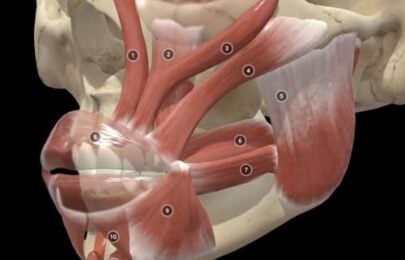 Bestseller
Bestseller
How to Fix a Crooked Smile with Botox
September 25, 2025
How to Fix a Crooked Smile with Botox
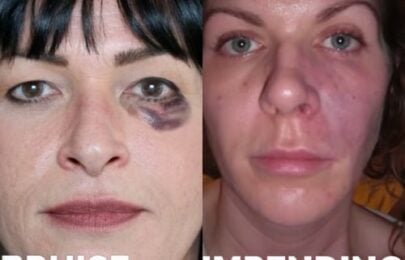 Bestseller
Bestseller
Multiple Causes of Vascular Occlusion and Necrosis
September 23, 2025

